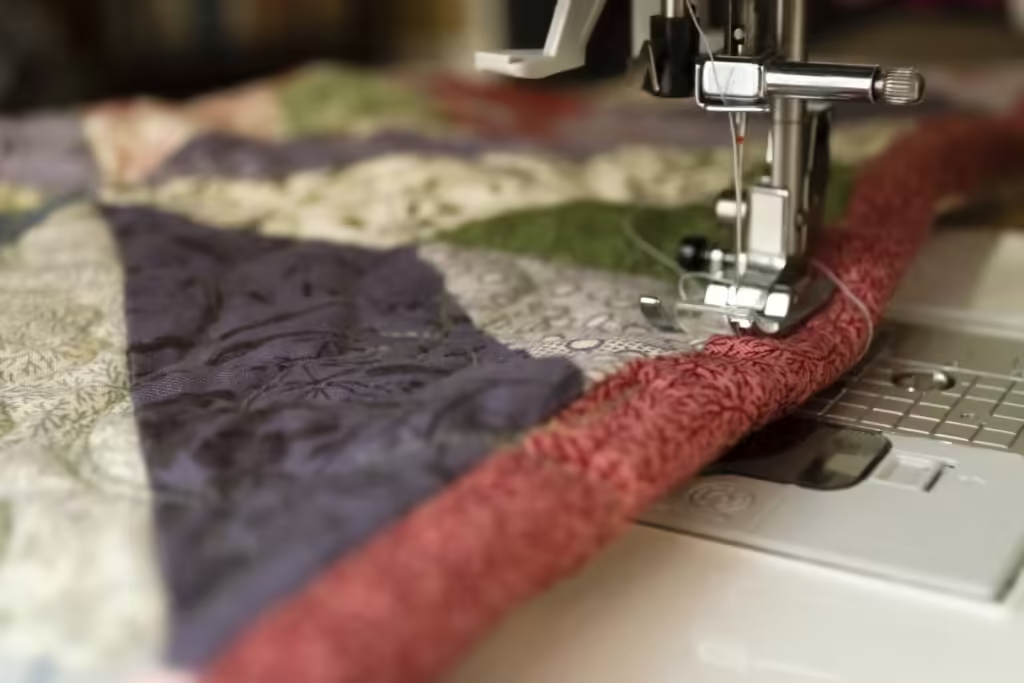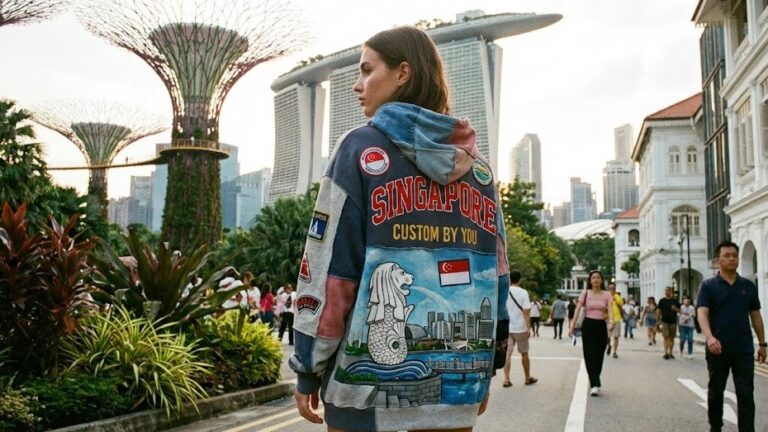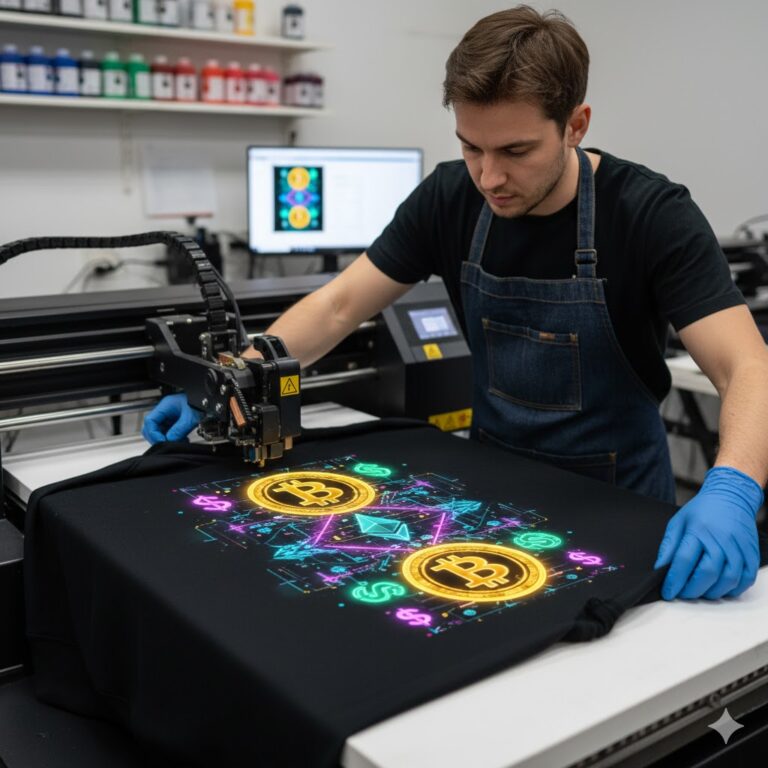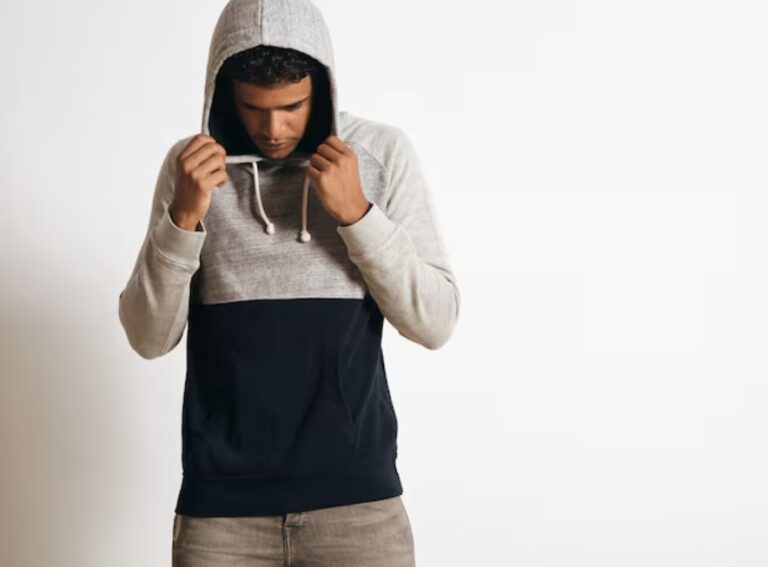We’ve talked before about developing and maintaining a brand, but the real challenge comes from building it in the first place. There were over 32,765 apparel brands in the US alone last year, and Singapore has seen a massive surge of competitive apparel names from all over. While it’s now easier to get your foot through the door, it takes a lot more than a few good designs to stand out now. Today, we’ll be talking about the three essential things you need to successfully start a clothing brand in 2025.
Before we get into it, let’s take one common question off the board: How much does it cost to start a clothing brand? The answer is the ever-helpful “It depends.” A rough estimate for starting a brand in the West is above $8,000 on average, going as little as $2,500 if you’re willing to break your neck for it. Adding Singapore’s business registration costs, you can expect an average of $12,200 to start a clothing brand.
However, all of these things are heavily dependent on where you source your manufacturing, design, and production costs. Most of these prices are also cumulative, and not something to pay right off the bat. Keep all of this in mind as we discuss both the technical and cultural costs of entrepreneurial endeavors.
3 Things You Need to Start a Clothing Brand
1. Strong branding

Clothing businesses often live or die on their branding. It’s something we’ve talked about many, many times in the past, and it’s all because of how significant it is in the success of a business. So how does one even start a brand deserving of mass interest?
Ironically, it’s not by catering to mass appeal alone. Consider these things before jumping to start a clothing brand:
- Target audience: We won’t stress this too much, but identifying your customer base is key to everything in your business. Whether it’s the designs you create or how you distribute and sell those designs, researching for a specific target audience is key. The more specific, the better.
- Pain Point & Solution: Decide what your target audience needs (typically something they have an issue with, like affordability, quality of clothes, or aesthetics) and what you can provide for them. Ideally, you want your solution to be unique–something that can’t be easily replicated by competitors, or doesn’t exist in the market as of now.
- Niche and market level: Closely related to your target audience, your niche and market scale highly affect your production costs and distribution plans. Most entrepreneurial clothing brands fall into one of the following categories:
- Small, Online Brand: Arguably the most common modern clothes brand type. It can typically be run from home, has minimal retail costs, and relies heavily on a combination of affordable prices, down-to-earth presences and/or tight-knit communities.
- High Street: The brands you’ll see along the street or in a mall. Most are retailers and while they still maintain personality in branding, they often rely on high levels of mass production and name power to climb into the market.
- Designer Brand: An independently run brand headed by a specific artist or designer. Usually prestigious and is built off the notoriety of the often eponymous designers.
- Luxury: The high echelon of fashion. Mostly reserved for well-known brand names built on prestige and quality. Market levels and niches ultimately decide the suitable costs needed to start a clothing brand, so keep that in mind.
- Brand aesthetics: A solid and consistent brand identity often translates to better customer retention. Having a memorable name, an identifiable logo and clear color palettes gives your clients a chance to recognize your brand for its personality as much as its product.
2. Efficient production

Arguably, the scariest step needed to start a clothing brand is actually making and distributing the clothes. There are a lot of different steps to take, and because of how time-consuming many of them are, most startup brands opt to source certain tasks from reliable manufacturers or designers.
Just to give a brief scale of what needs to be taken care of, here are the common steps in producing just a single clothing line:
- Designing: Consider what kind of clothes you want to make and why. Who will wear them? What type of function will they serve? Some merchandise brands focus primarily on simple graphic prints, while others will need more elaborate clothing design. The more complex your design, the more work will be needed to create it. For the record, using search tools like Pinterest to find out popular trends in your market is a great idea at this stage.
- Sampling and testing: This is where you’ll start bringing your illustrations to life. You’ll want to pick out fabrics and test samples from different places to get a sense of your product’s feel and texture. Most clothing brands will work with a manufacturer, so at this stage, you want to start building a ‘tech pack’ for more elaborate pieces of merch.
- Manufacturing: Producing your clothes can come in a wide variety of steps. It can mean anything from building your own studio to outsourcing all your production labor to a different company. Luckily, Singapore has a wide variety of manufacturers to choose from, like Bryden Apparel or OL Garments, which provide fabric and printing services for people. Shirtual also provides a wide selection of apparel, diverse printing options, and customized services, but our brand also excels at the final step of the production line.
- Distributing: Selling your products come with a variety of costs. If you’re starting from online services, shipping fees can be a secret hidden cost that comes with a litigatory barbwire. You can work together with local distributors or international customs teams to deal with this. Alternatively, you can search for manufacturers with some experience in production and distribution–our services provide an all-in-one option to pack and distribute merchandise all over the world.
3. Great marketing strategy

People often get marketing and branding mixed up. Branding is essential to marketing, yes, but building a good brand doesn’t always translate to effective marketing. Your clients need to know about your product before they can buy it–here are just a few modern ways to do that:
- Advertisements: Having eyes on your product is always good, but be clever about how you construct your ads, and where you put them. Pay for ads on Youtube and shopping websites that you know your target will see.
- Influencer marketing: Alternatively, you can also research local personalities within your market’s bubble that your target audience trusts. Micro influencers can be especially good at building rapport with your client base.
- Social Media Community: Never underestimate the power of a good social media presence. Post your products on Insta, Twitter and other apps that your audience is likely to use, and engage with them. It’ll earn much more trust than you realize!
Those are just a few of the things you need to start a clothing brand. While it may seem like a steep hill to climb, it just takes a little perseverance to go a long way–and you have it in you to do it.





